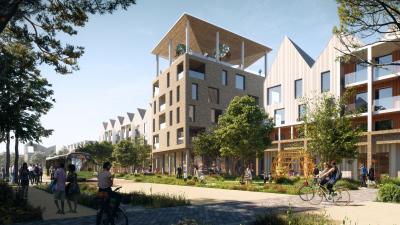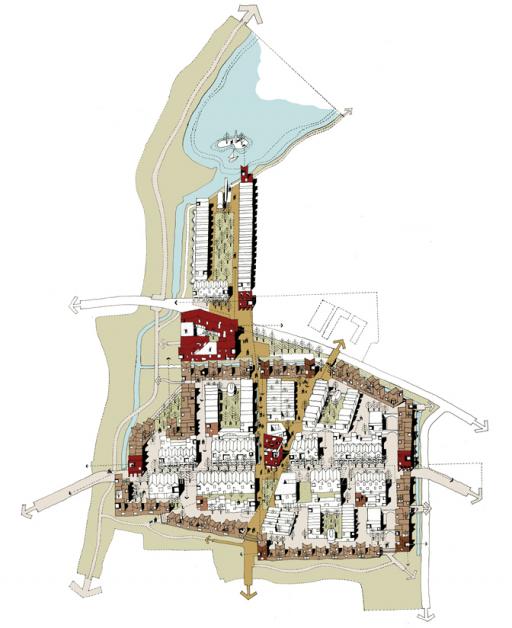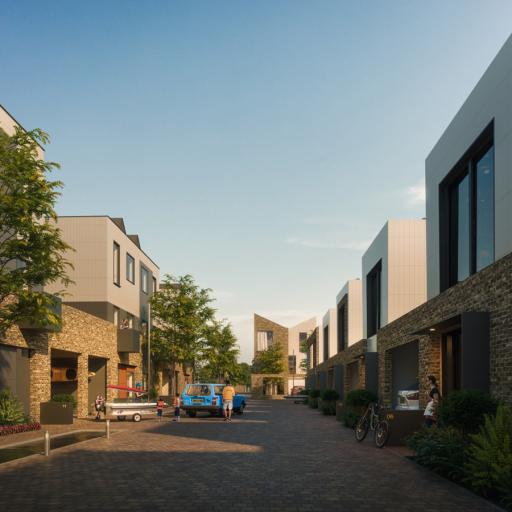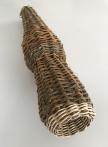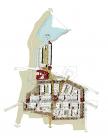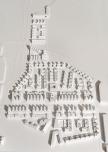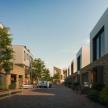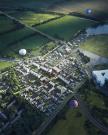Proposals for Inholm form a new urban quarter within Northstowe, a major settlement in Cambridgeshire and the largest town to be built in England since Milton Keynes. Initiated by Homes England, Northstowe is conceived as a 21st-century town, the historic characteristics of local settlements with new models of sustainable living. Once complete, it will provide 10,000 homes, supporting a vibrant community.
Inholm sits adjacent to the future town centre and delivers 400 homes as part of this emerging neighbourhood. The scheme includes a mix of typologies—apartments, terraced houses, and specialist accommodation for older people and first-time buyers—alongside affordable housing and a new community hub arranged around a central square.
The masterplan draws inspiration from the area’s archaeology and the landscape of the Fens. The name 'Inholm'—meaning ‘islands in the marsh’—reflects the historic siting of settlements on higher ground and defined by perimeter edges and boundaries. This is reinterpreted through the ‘Edge House’ typology: a contemporary inhabited wall that frames the settlement’s edge, giving definition to both the surrounding landscape and the internal protected streetscape.
Homes have been designed for offsite modular construction using volumetric technology, developed in collaboration with Urban Splash and Proctor & Matthews. The architectural language is rooted in local context—drawing from the material traditions, vernacular forms and artistry of Cambridgeshire and the Fens—to establish a distinct and recognisable identity.
The public realm is shaped around a hierarchy of streets and spaces where people, rather than vehicles, take priority. Parking, refuse and cycle storage (at one space per bedroom) are fully integrated within the built fabric, supporting active travel and freeing the streets for pedestrians and children’s play.
Archaeological fragments uncovered at Northstowe inform the narrative the brick entrance arches and portals. These elements act as thresholds, frame entrances and create boundaries. In the absence of the modular housing, the fragments and portals reference an assemblage of archaeological ruins. When the fragments and buildings are combined a unique silhouette and streetscape is revealed.
Inholm received planning permission in 2020 and went on to receive the ‘Starter Homes Award’ at the Housing Design Awards later that year.
